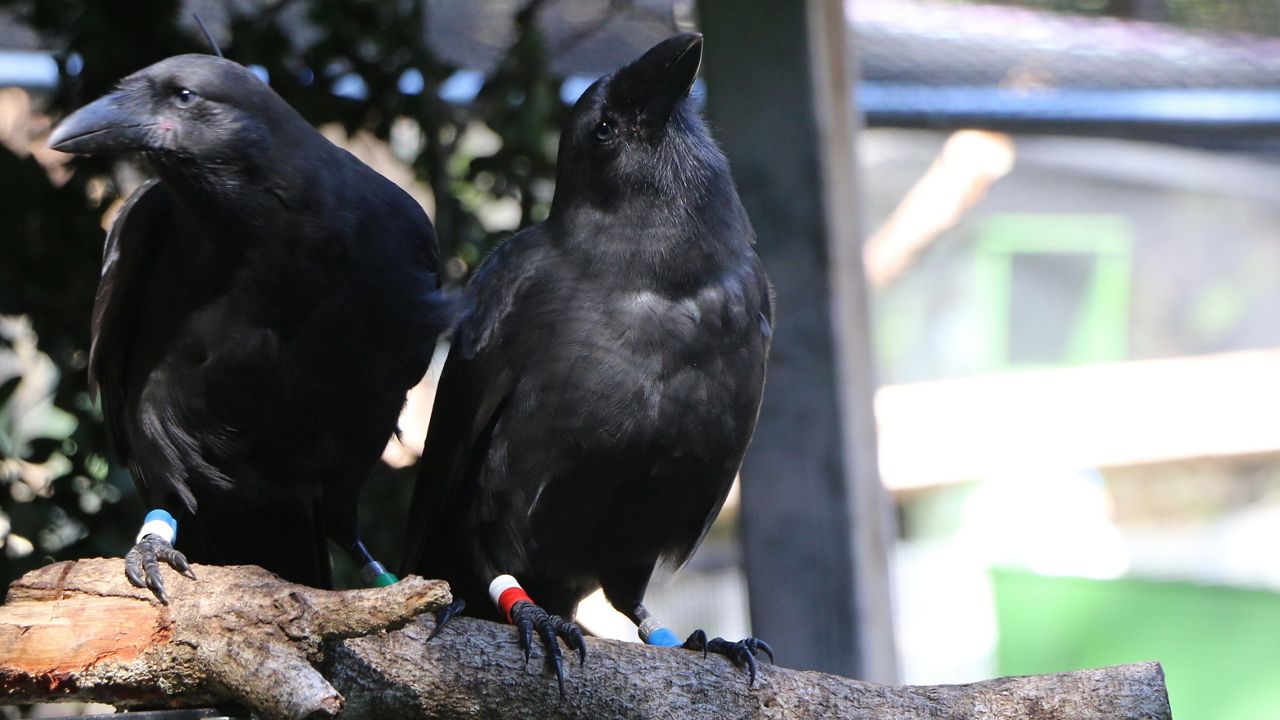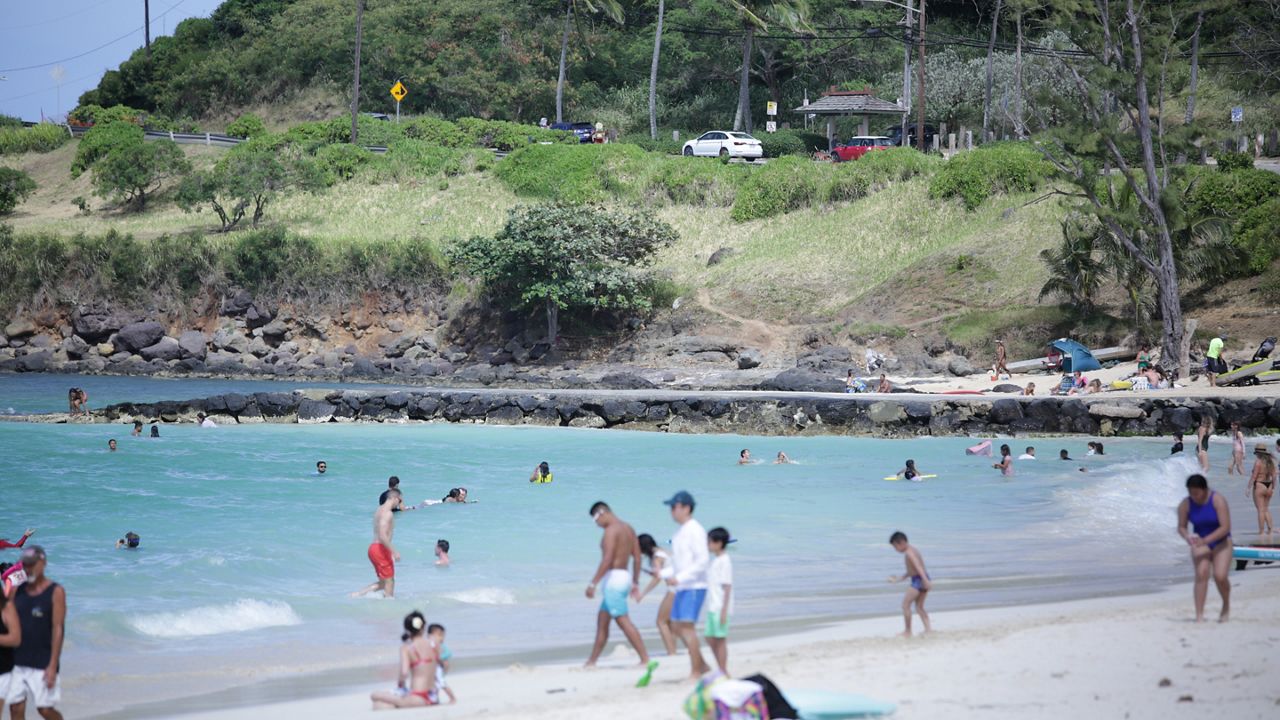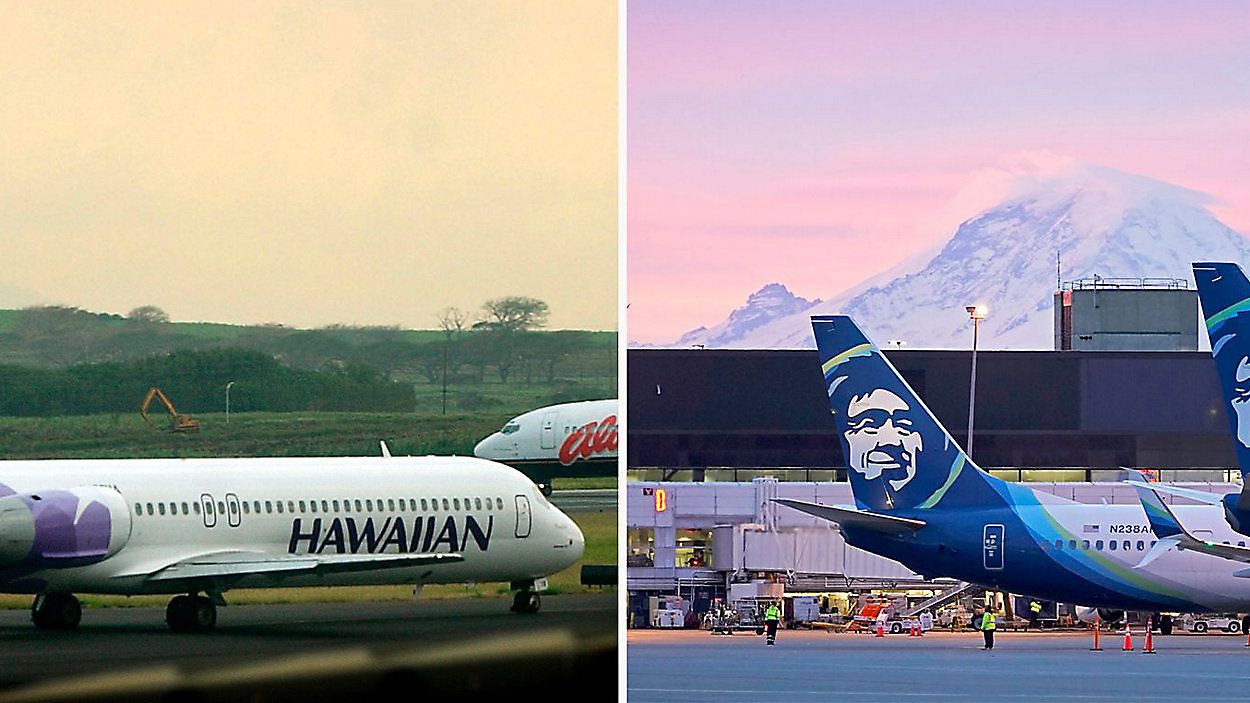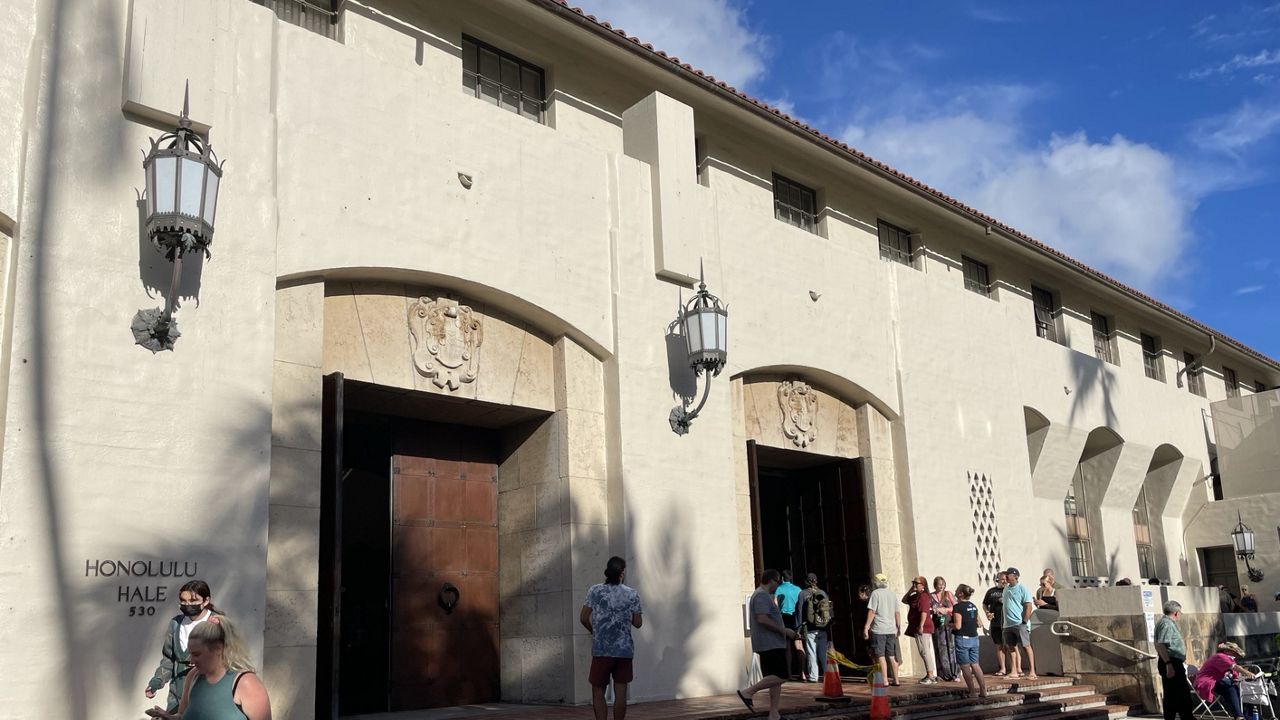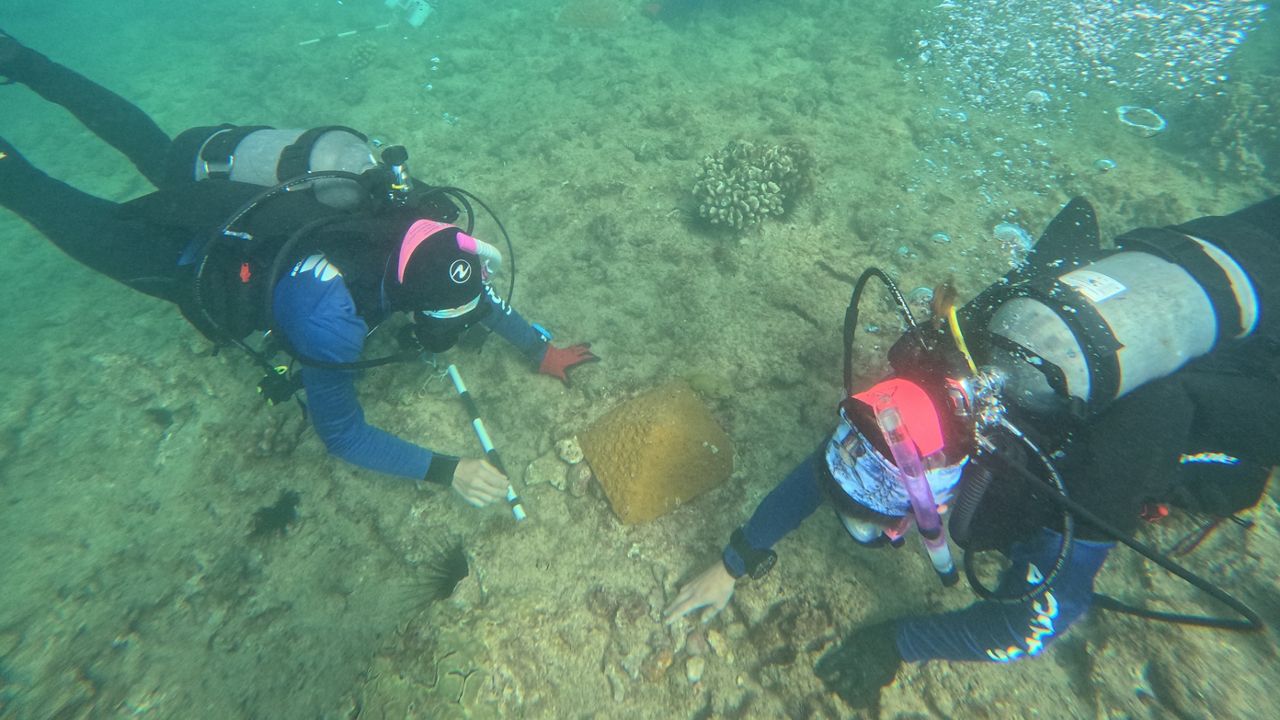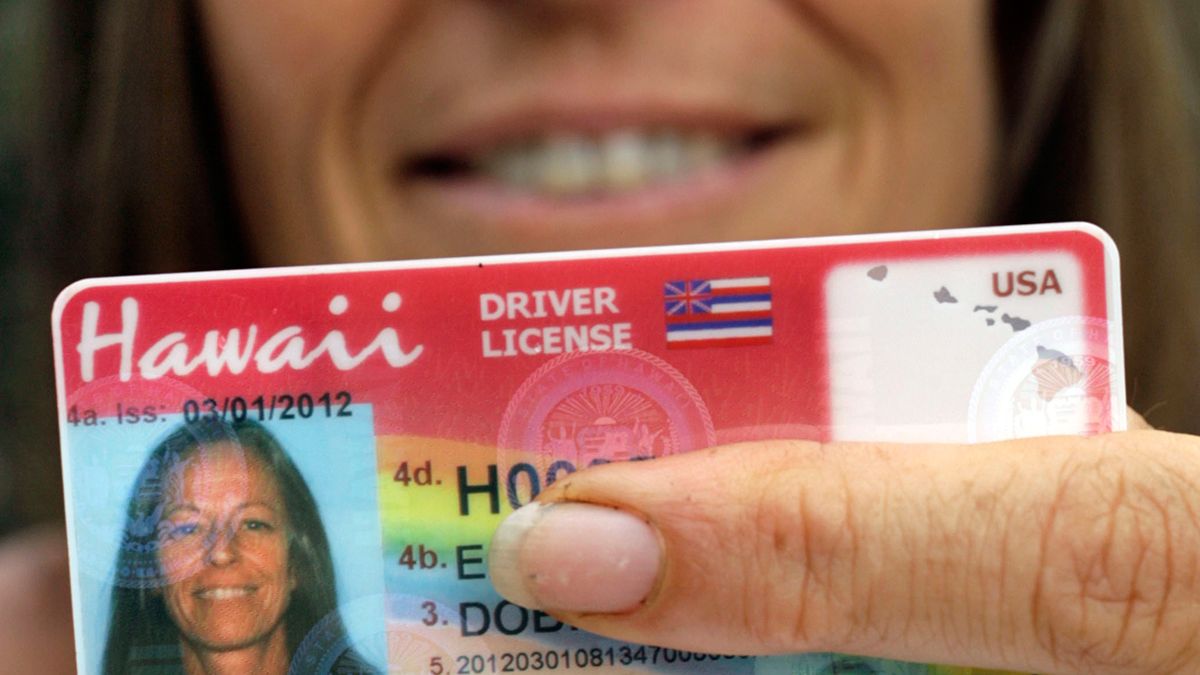Editor's note: This article is part of a series of end-of-year roundups that Spectrum News Hawaii will publish during the month of December. We hope you enjoy these reflections on local news in 2024.
Throughout the year, Spectrum News Hawaii has been covering environmental news. While this roundup is not exhaustive, it shines a light on some reasons to be hopeful about the future of Hawaii’s environment. From monk seal births to land conservation, here’s a look back at some of the biggest stories.
1. Hawaii Community Foundation launches water-focused center
The Hawaii Community Foundation announced in January that it was opening the state’s first environmental finance center, which will help nonprofits and other organizations with water conservation projects.
The U.S. Environmental Protection Agency awarded HCF $3.2 million to establish the environmental finance center, according to a news release. The money comes from the Bipartisan Infrastructure Law, which is awarding $50 billion over five years to improve water infrastructure across the nation.
The Hawaiian Islands Environmental Finance Center helps nonprofits, community groups and government agencies secure federal funding for water conservation, recharge and reuse projects. The center works with agencies to develop new water projects, to identify funding opportunities and to assist with grant applications.
The center also focuses on creating a workforce dedicated to stewarding Hawaii’s water sources. In order to do this, HIEFC partnered with the University of Hawaii Economic Resource Organization and the University of Hawaii - Water Resources Research Center to determine the gaps in Hawaii’s current water workforce and create models for career pathways. HIEFC also launched the Hawaii Water Workforce Fellowship Program, with 10 fellows per year. Fellows gain experience by working full time with local government agencies and water-related organizations.
With the 2021 fuel leaks at the U.S. Navy’s Red Hill Bulk Fuel Storage Facility, many government officials, nonprofit leaders and community members have brought up the urgent need for improvements in Hawaii’s water infrastructure. The HCF pointed to this and the Aug. 8 wildfires on Maui as reasons the state needs HIEFC’s services.
2. At least 170 Hawaiian monk seals born at Papahānaumokuākea in 2023
National Oceanic and Atmospheric Administration researchers documented 170 endangered Hawaiian monk seal pups born at the Papahānaumokuākea Marine National Monument in 2023.
Researchers conducted the count during a 28-day trip last year, according to a news release.
During the trip, researchers also performed 27 seal interventions to improve their survival. This included moving 22 weaned Hawaiian monk seal pups from an area of Lalo (or French Frigate Shoals), where there was a risk of shark predation, to Tern Island. And researchers released five rehabilitated seals back into the wild at Lalo and Kuaihelani.
Every year, researchers conduct similar trips to tag and count monk seals. Researchers apply colored tags to the hind flippers of Hawaiian monk seals shortly after they wean from their mothers at a few weeks of age.
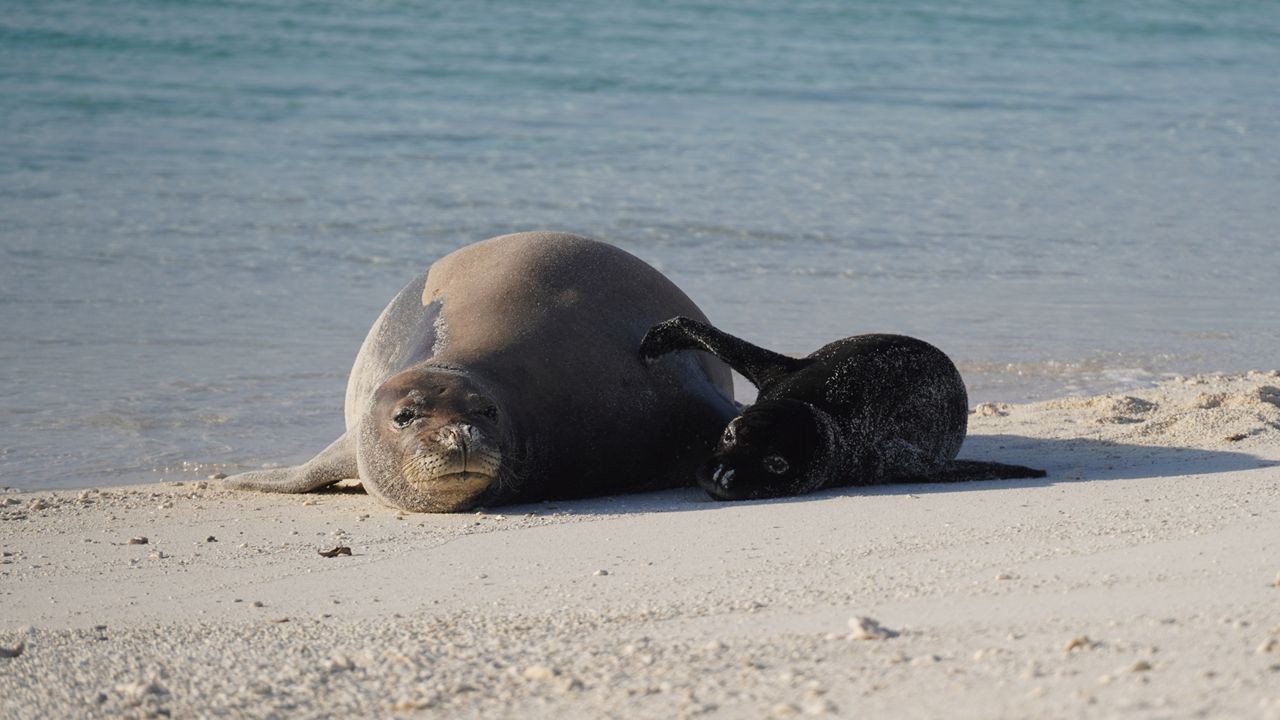
3. Trail steward program expands statewide after successful pilot
A partnership of agencies is expanding a trail steward program statewide after a successful pilot on Hawaii Island.
The Na Manu Elele Program first launched at Pololu Valley on Hawaii Island in 2022. Trail stewards spoke with hikers and visitors to educate them about native plants and animals, the cultural and historical significance, safety concerns and caring for the valley. Because of the program, there has been a reduction in hiking accidents, instances of illegal camping and parking violations.
The program is a partnership between Kupu, Hawaii’s largest youth-focused conservation and sustainability nonprofit, the U.S. Economic Development Administration, the Hawaii Tourism Authority, and the Department of Land and Natural Resources.
Through HTA’s partnership and funding from EDA, statewide expansion of the program began in Dec. 2023. Program administrators plan to hire more than 20 stewards through 2026.
4. The U.S. Fish and Wildlife Service designates 120,000 acres on Hawaii Island as critical habitat
In March, the U.S. Fish and Wildlife Service designated nearly 120,000 acres of federal, state, private and public lands on Hawaii Island as critical habitat for 12 endangered species.
The rare wildlife includes 11 plants and a picture-wing fly, which are only found on Hawaii Island.
“We grouped the 12 species in this designation based on their interconnectedness and reliance on ecosystems found only on the island of Hawaii,” said Lasha-Lynn Salbosa, Pacific Islands Fish and Wildlife Office listing and classification manager, in a news release.
The designation comes after the Center for Biological Diversity sued the federal agency for not designating critical habitat when the species were listed in 2013 as endangered under the Endangered Species Act, according to a news release.
The critical habitat includes 21 distinct areas, which stretch from the coast through dry forest and grasslands to rainforests on the slopes of Mauna Kea and Mauna Loa. These areas face threats of habitat loss and degradation because of agriculture, urbanization, ungulates, fire, drought, erosion, invasive species, predation and more.

In May, the DLNR Division of Forestry and Wildlife worked with the Albizia Project to cut down more than 1,000 invasive trees — mostly albizia, macaranga and gunpowder trees — that were used to make 28 hale for the 13th Festival of Pacific Arts and Culture, the world’s largest celebration of indigenous Pacific Islanders.
The invasive trees were harvested from the Nation of Hawaii, also known as Pu‘uhonua O Waimanalo, a 45-acre parcel in Waimanalo that Hawaiian activists have managed since 1994. When the Hawaiian activists first acquired the land, it was full of invasive plants, but over the years they have reworked the land and now grow traditional Hawaiian crops. However, parts of the land are still filled with overgrown areas, so clearing the trees helped the Nation of Hawaii to restore ancient footpaths, terraces and lo‘i that have long been concealed.
After the harvest was completed, DLNR brought in koa seedlings and other native plants to propagate at Pu‘uhonua O Waimanalo.
With the harvested logs, Albizia Project founder Joey Valenti and his crew assembled the 28 hale, then disassembled them and put the logs on pallets to be transported to the Hawaii Convention Center, where a Festival Village was built for FestPAC.
6. Hawaii Land Trust protects 28 acres of agricultural land in Kohala
Hawaii Land Trust and Island Harvest Inc. announced in July the protection of 28 acres of agricultural land in Kohala on Hawaii Island, which will help grow healthy food for residents and preserve the rural character of the community.
Since 2007, conservation easements have been used in Hawaii to preserve land in perpetuity. A land trust or a government agency holds the conservation easement, with a voluntary commitment by a landowner to permanently limit development and subdivision rights. In exchange for this commitment, the trust or government agency compensates the landowner, which helps to offset the cost of the land and farm expenses.
HILT and Island Harvest made this recent conservation agreement with the financial backing of the U.S. Department of Agriculture’s Natural Resources Conservation Service Agricultural Conservation Easement Program. The Freeman Foundation, Ulupono Initiative and other individual donors also provide funding.
"We are thrilled to finalize the protection of these farmlands with values aligned landowner stewards like Island Harvest," said Lu‘ukia Nakanelua, Manager of ‘Āina Protection of HILT, in a statement. “And as the holder of the agricultural conservation easement, HILT is humbled by Island Harvest’s commitment to forever protect and secure the true value in which the land holds — the ability to grow healthy food and respectable jobs for Kohala’s families.”
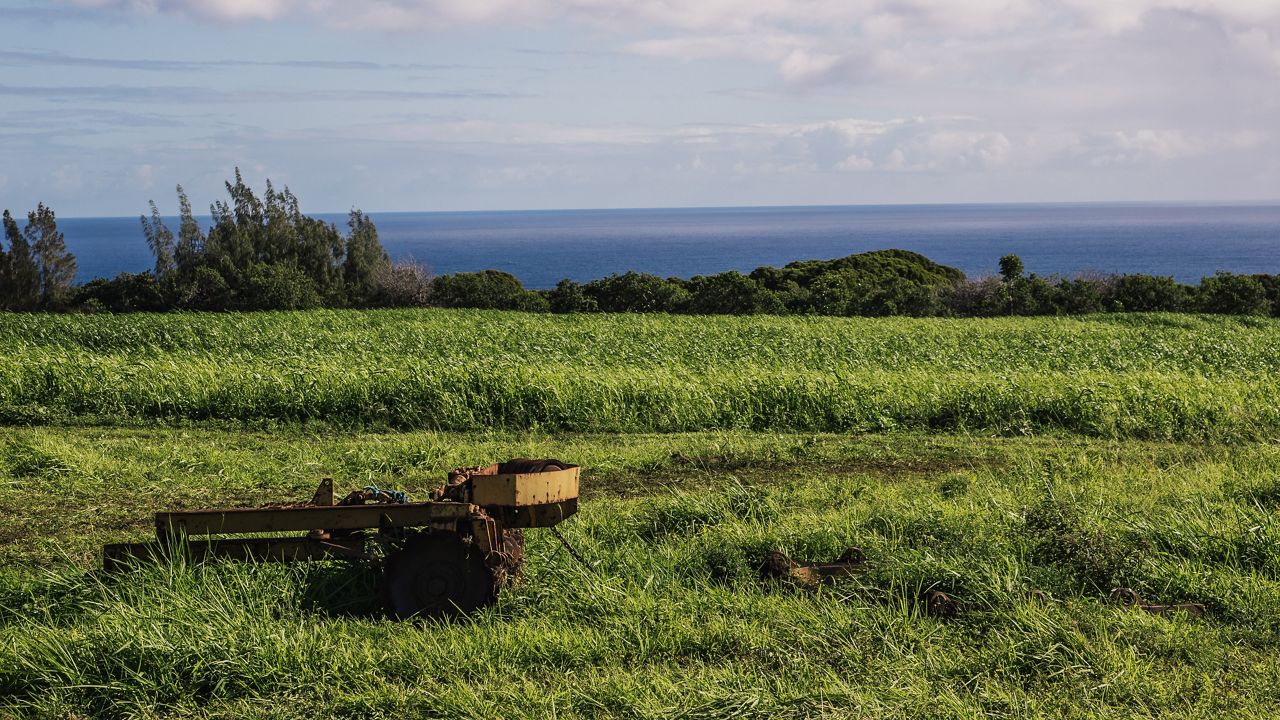
7. A $4.6 million project hopes to prevent wildfires with non-invasive plants
A University of Hawaii researcher is investigating whether restoring ecosystems with non-invasive and native plants could help prevent wildfires.
Clay Trauernicht, an Extension Specialist at the College of Tropical Agriculture and Human Resources, leads the federally funded $4.6 million project.
In Hawaii, more than 1 million acres of non-native vegetation grow, much of it being highly flammable grasses that have flourished on abandoned plantation lands.
Trauernicht is investigating increasing seed stocks for farms and orchards, storing wild seed collections for post-fire restoration projects, and developing “stock seed” plots to fill Hawaii’s landscape with plants that will mitigate fire risk.
“Whether we’re growing out plants for landscape-scale restoration on fallow lands or directly re-seeding after fire, the vision is the ability to make it rain native seeds,” said Trauernicht in a statement.
8. UH tests new technologies to find bombs and bullets left in the ocean after WWII
The University of Hawaii’s Applied Research Laboratory is developing new technologies to detect bombs and bullets left by the U.S. military in oceans around Hawaii after World War II.
Since the mid 1940s, the munitions have been corroding on the ocean floor, potentially posing a risk to swimmers.
"Around the end of World War II, there were a lot of excess, obsolete and damaged bombs here in Hawaii,” said Margo Edwards, director of ARL at UH, in a statement. “And the way we disposed of them was dumping them in the ocean. So we’re trying to find the things that were dumped in the ocean decades ago.”
Researchers estimate Hawaii’s sea floor is littered with more than 100,000 munitions, with some found in popular areas like Kaneohe Bay and Lanikai Beach.
The new technology meant to detect munitions uses advanced ocean platforms and sensor payloads. Over the summer, ARL team members tested their approach from an uncrewed surface vessel at Sand Island.
9. Hawaiian crow released on Maui for the first time
In early December, officials announced the historic release of five Hawaiian crows, known as ʻalalā, into the leeward slopes of Haleakalā in the Kīpahulu Forest Reserve on Maui.
The endemic birds no longer exist in the forests of Hawaii, with the last pair of ʻalalā seen in the wild in South Kona in 2002. Conservationists have been rearing the intelligent birds in captivity, hoping to one day repopulate the skies of Hawaii.
This is the first attempt to release the birds on Maui. Previously, officials released captive-bred ʻalalā into the forests of Hawaii Island, but they didn’t survive — with many of them preyed upon by the Hawaiian hawk, or ʻio.
Building upon lessons from the past releases on Hawaii Island in the 1990s and, more recently, from 2016 to 2019, the conservationists decided to release the birds on Maui, where there aren’t any ʻio. Kīpahulu Forest Reserve was selected for its native vegetation and relative isolation.
The Maui Forest Bird Recovery Project, San Diego Zoo Wildlife Alliance, the U.S. Fish and Wildlife Service, and the DLNR Division of Forestry and Wildlife worked together over the last two years to coordinate this release.
On the day of release, staff opened the doors of the aviary and the birds slowly made their way out. First, they walked on the wooden beams of the aviary’s roof, before maneuvering from tree to nearby tree. Eventually, they spread their wings and explored their surroundings.
“As much as we strive at our centers to provide them with the best possible conditions, this is the home they deserve,” said Gavin Nuttall, SDZWA avian recovery specialist. “Opening the door and seeing these birds flying free meant so much.”
Michelle Broder Van Dyke covers the Hawaiian Islands for Spectrum News Hawaii. Email her at michelle.brodervandyke@charter.com.




